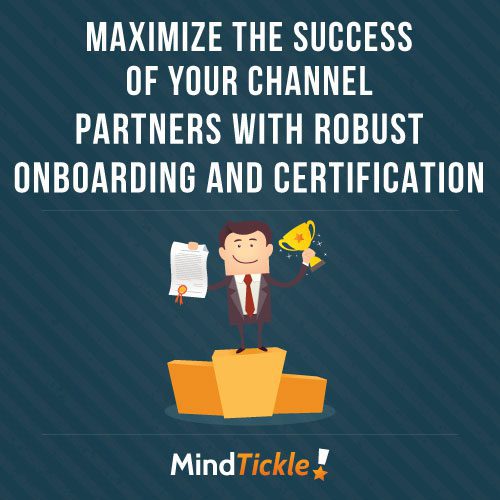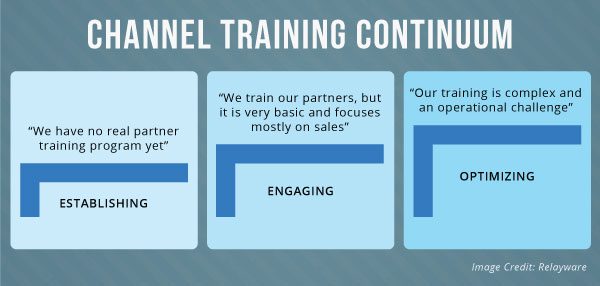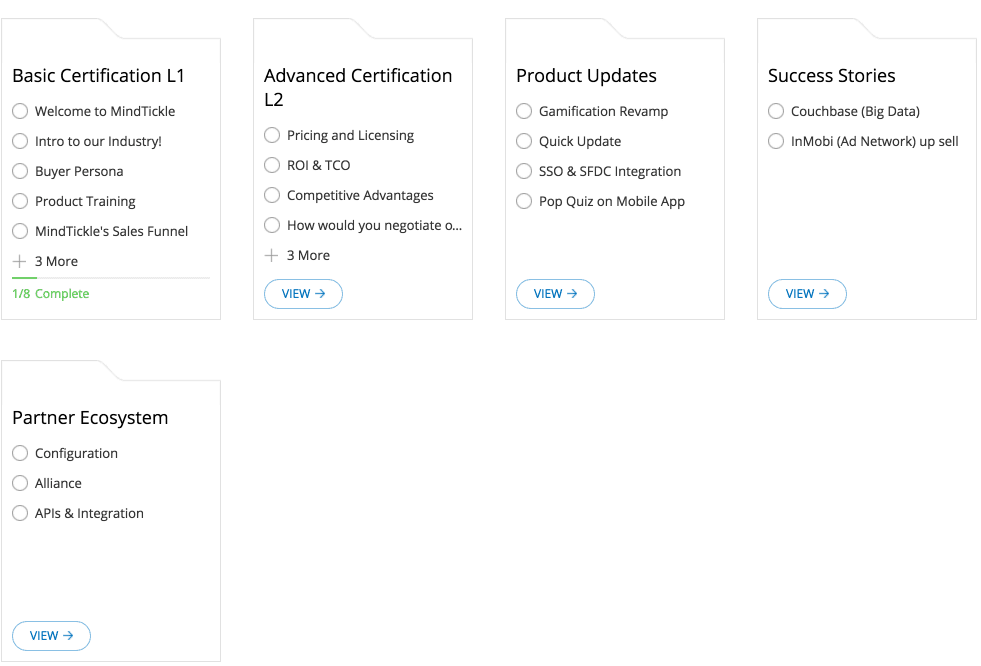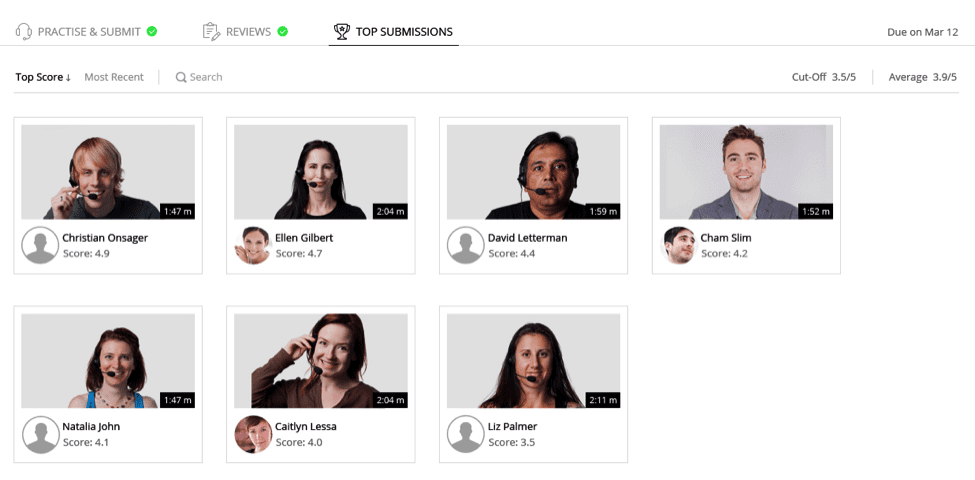How Mindtickle Uses Its Own Product to Scale Our Sales Team
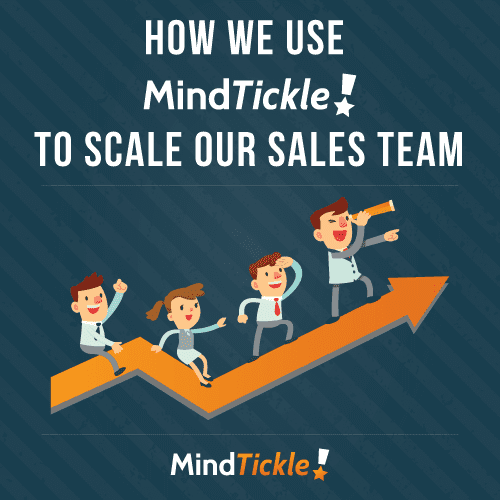

My colleague and I are responsible for Sales Enablement at Mindtickle and we’ve been charged with the challenge of onboarding of our new sales reps over the coming months. As we’re both relatively new to this role, it’s a rather daunting task.
The key items we’re focused on are
- Ensuring the sales readiness of our new reps as a matter of urgency
- Ensuring our onboarding and enablement programs are robust enough to facilitate ongoing growth
- Developing and executing a strategy that ensures our new hires are productive at the earliest possible time… or sooner.
One of the advantages of working at Mindtickle is that we have the opportunity to learn from the best sales enablement professionals in the business, as many are our clients. Taking advantage of this unique opportunity we spoke to sales enablement pros like Cherise Chin, Tom Levey, Tracy Meersman, Pete Childers and learned how they went about designing their world-class programs.
They each had some interesting suggestions about how to put together and implement an onboarding plan, the high-level takeaways that we had were:
- Each of them reinforced that their single biggestobjective was to prepare their reps for the moment of truth. In a rapidly changing environment reps can’t afford to miss an interaction or opportunity to sell. So the moment of truth can be any time they have an opportunity to accelerate their sales. What became obvious from our discussions was that the moment of truth was different depending on the team. For some, it was when an SDR made a cold call. For others, it was when their account executive uncovered a deep pain point of a customer. In other situations, could be when a solution architect presents an innovative solution for improving the business process of a prospect. Identifying when the moments of truth were for our sales team was the first step.
- Once we understood our moments of truth it was necessary to solve for them. So when we spoke to our leadership team, our discussions were now elevated to a new level. Rather than talking about content and process, we were brainstorming how our onboarding program should look in order to create a culture of sales excellence. Irrespective of the outcome, we want every prospect who speaks to a Mindtickle sales rep to have an experience that leaves them thinking our reps are awesome. It’s our job to prepare them for this.
Don’t get me wrong, this doesn’t mean there isn’t a need to look at onboarding from a very functional level. Our reps need to understand and appreciate the typical customer pain points, how to solve for them, our product, sales process and case studies for example. But by focusing on the bigger picture, we could approach our onboarding from a different perspective.
So with this in mind, here’s how we approached our onboarding program.
Week 1: Vision Readiness
The objective this week was to bring our new reps into our overall vision for the business and where sales fit in.
This was about addressing the Why and What of Mindtickle to our customers.
The “Why”
-
- Why does Mindtickle exist?
- Why do our customers love us?
- Why do our customers face sales readiness’ challenges?
- Why do our customers need our product to address these challenges?
The “What”
-
- What problem do we solve for our customers?
- What value do we add to our customers?
- What specific Mindtickle features add the most value?
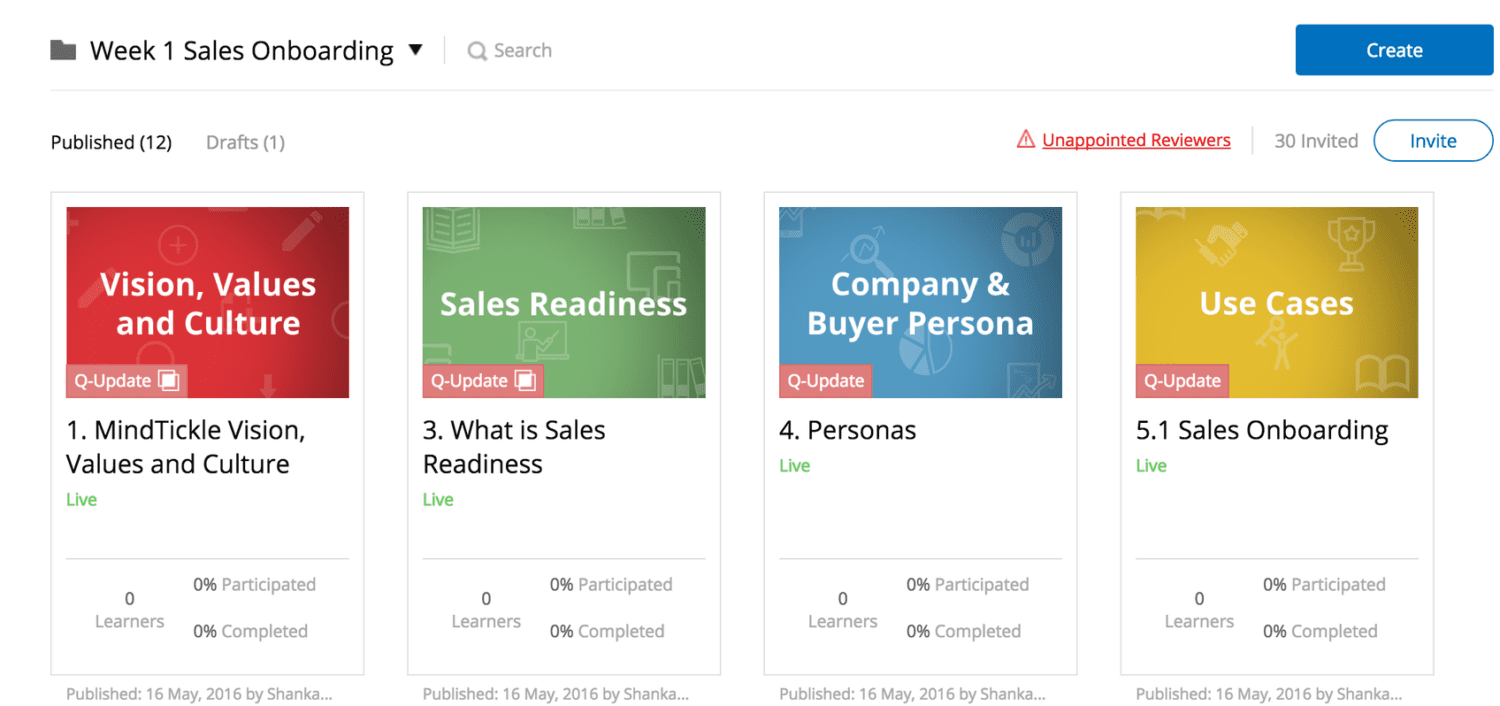

The first thing we did was speak to key stakeholders from within our business, such as Product, Customer Success and of course Sales and Marketing. We then allocated topics to each and asked them to create relevant sales missions on Mindtickle. For example, our CEO Krishna Depura created sales missions on our Corporate Values and Company Background. Customer Success created some product use cases and our marketing team completed the missions on buyer personas.
Co-ordinating people is no easy task, so we used the messaging functionality on Mindtickle to appoint each individual to record their pitches on the sales mission. This helped keep our project on track. And by crowdsourcing the content we were able to create about 20 sales missions in under 90 minutes. Thanks to the reminder functionality it took just a couple of days for all the videos to be created for week one of the onboarding program. In just another 30 minutes of my time, the sales missions were organized and ready for a new hire. This covered a large range of content that new hires would need to know about our business, customers, and product.
Once the new hires started to join they each were invited to complete the onboarding program. Using the Mindtickle analytics dashboard we were able to go in and see who had completed the program, how they had performed, what badges they’d earned and whether they struggled with any of the content.
Week 2: Product readiness
This week we honed in on the specific aspects of our product that work and how they are used by our customers. Following a similar process to week one, we got in touch with our Product and Customer Success teams to create sales missions covering The How.
The “How”
- How does our product work?
- How do sales enablement professionals use Mindtickle?
- How do sales reps use Mindtickle?
- How do sales managers use Mindtickle?
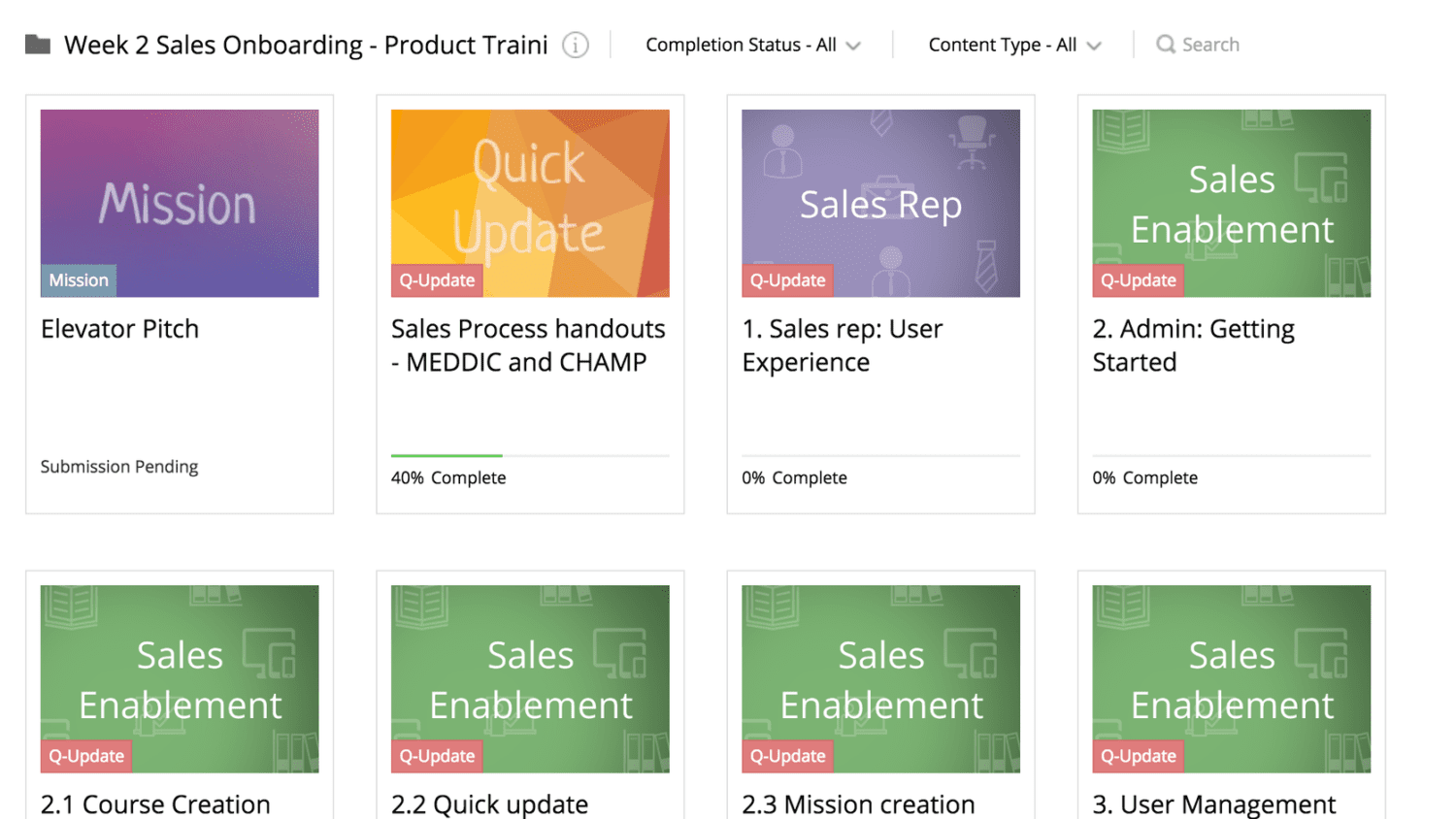

Within a couple of days, we had a treasure trove of content to ensure our new reps were product-ready. We anticipate iterating this process regularly as this module will continuously evolve as our Customer Success team keeps discovering new ways that our customers use Mindtickle to solve for their specific moments of truth.
Week 3: Sales Readiness
Being sales ready for our product is ensuring that our reps can handle any conversation. So it isn’t about developing a standard pitch that they use verbatim, but rather learning how to pitch for different scenarios.
The pitch
- How do you make an elevator pitch?
- How do you pitch for existing and new use cases?
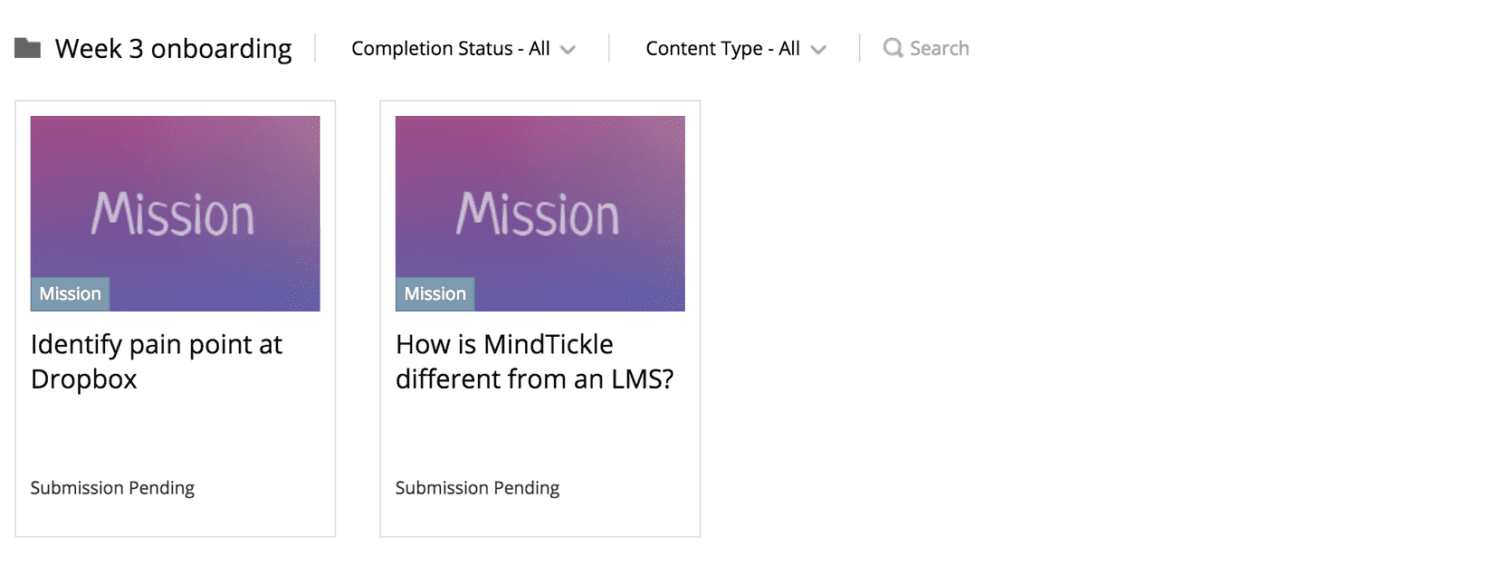

When creating content for this week, the focus was on practice rather than listening to missions and completing quizzes. For example, for our new SDRs we created seven different scenarios for them to practice and become certified in.
At the end of the three weeks, our reps were then certified and ready to start putting what they’d learned into practice. But this didn’t mean they were onboarded yet, there’s still a way to go before they’re productive. We’ll share more detail about our onboarding plan in our next post.



